In 1980, the father-son duo of Nobel Prize-winning physicist Luis Walter Alvarez and geologist Walter Alvarez suggested a crazy idea. Sometime in the past, an asteroid the size of Mount Everest made a crash-landing on planet Earth. They argued that this event caused one of the greatest extinction events in the history of life.1 While this idea intrigued some scientists, others found such a notion unbelievable.
The views expressed in this article reflect those of the author, and not necessarily those of the New Creation.

But as the decades went by, evidence mounted. This “crazy” idea turned out not to be so crazy after all! The space rock in question, the Chicxulub asteroid, has forever reshaped our understanding about large-scale catastrophes of ancient times. How are we to understand this asteroid’s impact on the other events and timeline described in the early chapters of Genesis?
Did the Chicxulub Asteroid Really Hit the Earth?
An Older Idea Than You Think
Before we consider the impact theory’s relevance to young-earth creationism, we must first establish whether such an impact even occurred. Interestingly, this was not the first time people thought about extraterrestrial bodies careening toward Earth as posing a threat to planetary life.2 The idea actually goes back to 19th century catastrophists. In 1822, Lord Byron was concerned by the possibility that an incoming comet might destroy the earth, “as it often has been and will be destroyed.”3
The first to tie extraterrestrial impacts to the extinction of dinosaurs specifically were geologists Allan O. Kelly and Frank Dachille in 1953.4 They proposed that one or more giant asteroids collided with Earth, tilting its axis. This triggered huge firestorms and catastrophic floods. Amid these events, the dinosaurs perished. Inspired by the events of the Tunguska impact event of 1908, M.W. De Laubenfels suggested that a much larger impact caused superheated winds around the planet, incinerating all of the dinosaurs.
As you can see, the idea of extraterrestrial impacts causing extinction events on Earth is not new. But the scientific community never embraced it because they were missing one very important detail: direct supporting evidence.
Direct Evidence
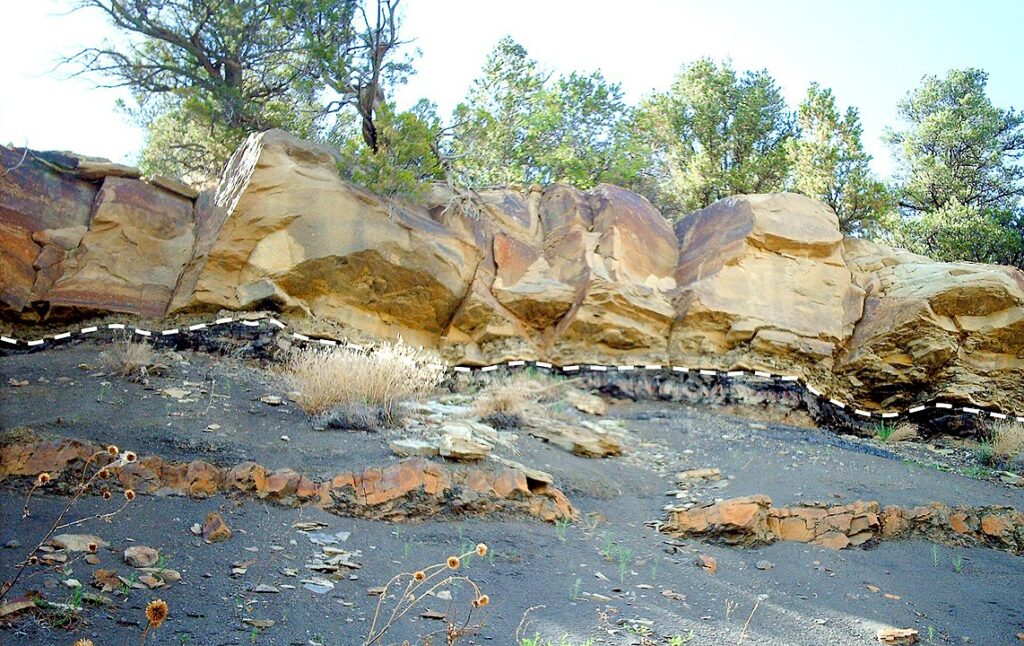
The first thing that tipped off the Alvarez duo that something significant happened lies within the Cretaceous-Paleogene (K-Pg) boundary.5 This thin layer of clay holds a high concentration of iridium. The K-Pg boundary appears all over the world, from Denmark and Italy to New Zealand. The iridium-richness of the layer was significant because this element is extremely rare on Earth, but commonly found in asteroids. Additionally, the layer was loaded with tiny quartz grains, each riddled with minuscule cracks running through them. Called shocked quartz, these are a standard byproduct of extraterrestrial impacts and explosions from nuclear weapons. Based on this evidence, the Alvarez duo predicted that an asteroid collided with Earth. The collision coincided with the same time dinosaurs disappeared from the fossil record. The asteroid, they claimed, measured about six miles across, the size of Mount Everest.

Many were skeptical of the impact hypothesis when first proposed. After all, such a collision would have left a very large crater in its wake, one not known to exist. But this all changed in 1990. Scientists recognized an enormous crater off the coast of the Yucatan Peninsula in the Gulf of Mexico.6 It measures 110 miles from rim to rim and is 12 miles deep. The dimensions of the crater suggest it was formed by an asteroid about six miles across, just as the Alvarez duo had predicted. The smoking gun had been found.
Indirect Evidence
There are also several indirect lines of evidence that something big happened at the K-Pg boundary. The rocks below this layer belong to a geologic system called the Cretaceous.7 They contain numerous fossils of dinosaurs, pterosaurs (flying reptiles), marine reptiles, and ammonites (shelled, squid-like creatures), among others . The geologic system above the K-Pg boundary is the Paleogene. 75% of all fossil species in the Cretaceous, and anything weighing over 55 pounds, completely vanished in the Paleogene! Mammals and birds undergo an explosion in biodiversity above the K-Pg boundary. Almost every modern mammal and bird order appears in these layers.8 Animals like these, it seems, replaced the dinosaurs and other creatures that disappear at the K-Pg boundary.
Another unusual finding concerns the Cretaceous/Paleogene fossil record of plants. Pollen grains from angiosperms (“flowering plants”) are quite plentiful in the uppermost Cretaceous rocks. However, the K-Pg boundary represents a turnover where fern spores are found in high concentration.9 This is evidence of a fern spike. Fern spikes occur today in areas ecologically devastated by a natural disaster. This happened in the aftermath of the Krakatoa eruption of 1883. Ferns were some of the first plants to recolonize and dominate the disaster area.10 The presence of so many fern spores above the K-Pg boundary suggests something similar, but on a massive scale.
The Day the Asteroid Hit
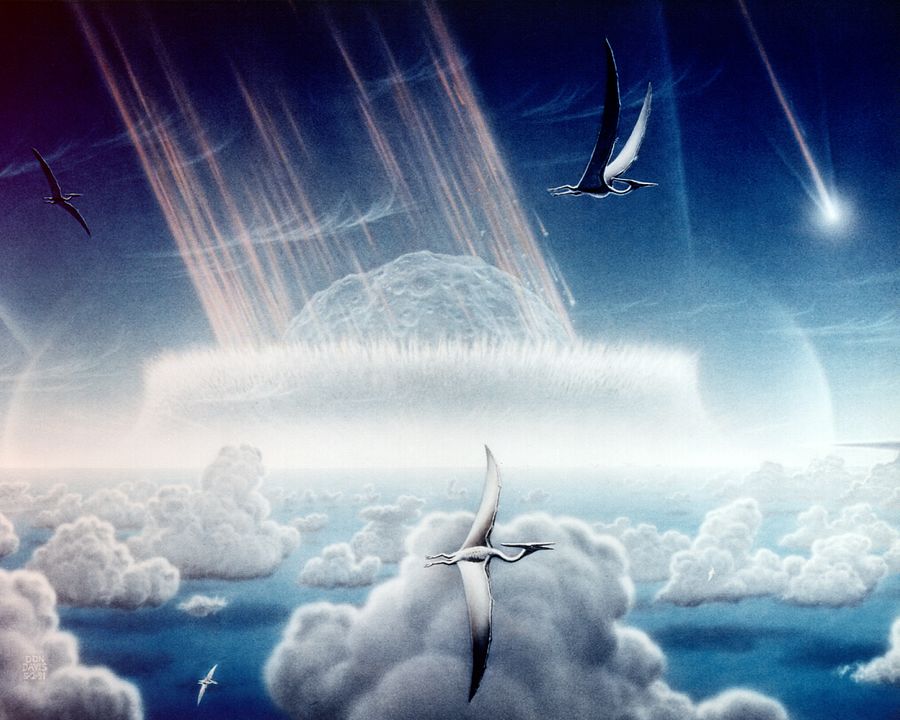
Thanks to evidence from around the world, scientists can develop a model to explain how they think events unfolded when the asteroid hit.
It all started when a six mile-wide asteroid slammed into the Yucatan Peninsula at 12 miles per second. It hit with a force of 100 trillion tons (or teratons) of TNT.11,12 The rock at ground zero melted upon impact, forming huge concentric rings still observable in the crater today. The winds kicked up upon impact traveled faster than 620 miles per hour.13 (For comparison, Hurricane Katrina had top wind speeds of just 174 mph.) Making landfall in relatively shallow water, the asteroid’s collision caused megatsunamis that devastated coastlines. An earthquake, ranging from nine to eleven in magnitude, spread out in concentric rings from the impact site.14 Hot, billowing clouds of iridium-rich dust and tiny glass spherules were launched into the atmosphere, radiating out across the globe from the impact site. This ejected material ignited wildfires and broiled the Earth’s land surface.
Creationism and the Chicxulub Impact
The Chicxulub impact was a very real event in our planet’s past.15 How can we understand it within a young-earth creationist paradigm?
Unfortunately, we have very little young-earth literature published on the Chicxulub impact. During the Proceedings of the International Conference on Creationism of 1998, researcher Thomas Fritsche published a paper detailing certain areas where the Chicxulub impact is relevant to the young-earth paradigm.16
Fritsche pointed out that the Chicxulub impact by itself poses no problems for young-earth creationism. In fact, extraterrestrial impacts fit right into the gigantic waves, tsunamis, earthquakes, and volcanism already associated with the Flood. In combination with the rest of the geologic record, however, it does pose some challenges for us. This is a healthy part of the scientific process. It encourages us to more carefully study the data and understand it more fully.
Extinction En Masse
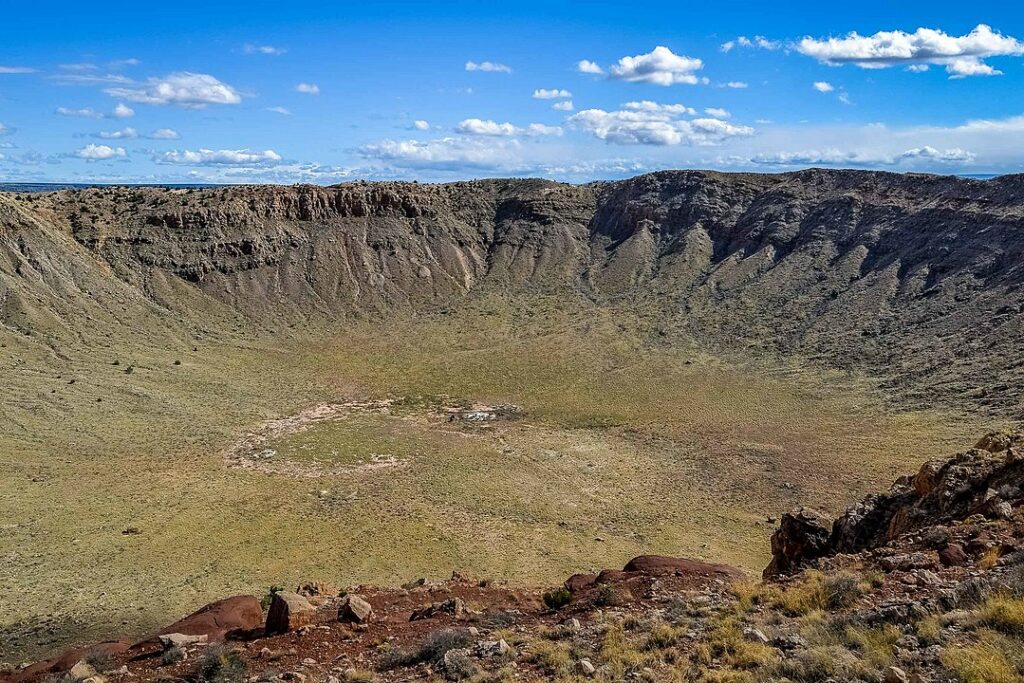
The Chicxulub impact is far from the only impact crater, with more than 190 craters identified on the earth’s surface. They come in various sizes and include the Barringer Crater, Nordlinger Ries, Popigai, and Vredefort. Fritsche suggests that if many of these hit during the Flood year, there would have been chaotic sedimentation and erosion. This would not seem to allow for a regular pattern for the formation of a fossil record.
Combine this with the fact that not all species in the fossil record appear and disappear at the same time. Rather, various species appear and disappear throughout the fossil record. This suggests the burial of some organisms prior to other organisms, never to reappear higher in the fossil record. Why is this the case?
Today, most young-earth scientists can explain the overall patterns in the Flood’s fossil record. These patterns may have formed by the successive destruction, transport, and burial of segregated ecological communities.17 For example, the Flood may have buried the last of the trilobites (pillbug-like seafloor critters) even before reaching the dinosaurs on land. It destroyed their pre-Flood habitats, which disappeared under rapidly accumulating sediments before those of dinosaurs and other land animals.
The Order of the Stones
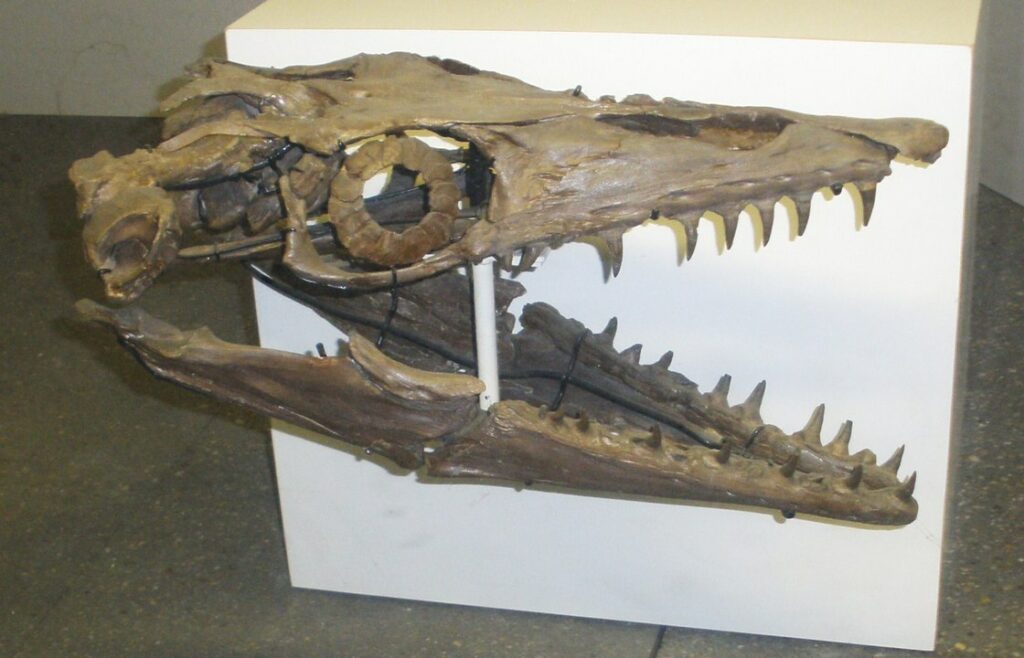
Fritsche states the Chicxulub impact is an excellent case study for how geologic strata sequences can correlate across very wide distances. More recently, young-earth paleontologist Dr. Marcus Ross has done research on a group of extinct, upper-Cretaceous sea-going reptiles called mosasaurs.18,19 These enigmatic creatures disappear from the fossil record at the same time the dinosaurs do. In the sandy clay sediments of New Jersey, Dr. Ross observed five common mosasaur species in the local fossil record. Common, that is, up until the iridium-rich K-Pg boundary. After this boundary, they disappear from the record. Likewise, he observed that chalk deposits in Maastricht (the Netherlands) contain four of these same mosasaur species. All of them disappear at the K-Pg boundary. According to Dr. Ross, this strongly argues that both sites formed at the same time and during the same event.
“So we have evidence of a single event during the Flood with preserved evidence on multiple continents. This should be exciting to creationists!”
– Dr. Marcus Ross19
Sedimentation/Erosion Rate
From an old-earth, uniformitarian perspective, a single layer just a few centimeters thick can represent long spans of time, even thousands of years. In fact, from a purely gradualistic perspective, since the impact occurred in an instant, it should not have even left any visible evidence in the geologic record (hence why most geologists now reject gradualism).20
But what about the Flood? Most young-earth geologists need to contend with an asteroid impact that left a thin layer of impact debris simultaneously all around the world. This would entail the formation of an ejecta debris cloud within a matter of weeks, and the descension of that debris within months. While not taking millions of years, this process still required time to elapse, perhaps one to three years, which is of course much too long for a year-long Flood (see this discussed in the “Flood Models” section below).
Another seeming difficulty is how asteroids could leave impact debris on dry land surfaces if a global Flood covered the earth. However, geologist Dr. Andrew Snelling points out that, during the Flood, global tides and huge tsunamis would fluctuate by hundreds of feet, periodically exposing and resubmerging land surfaces.21 When the Chicxulub asteroid hit and ejected debris into the atmosphere, the debris simply deposited onto whatever land surfaces lay exposed at the time.
“Events” in the Geologic Record
The geologic record contains evidence of many events that must be accounted for in any young-earth history model, such as mass extinction events described above and the Great Unconformity. In his paper, Fritsche points out that most creationists usually concentrate on two events within the Flood: its beginning and its end. He suggests the possibility that the geologic record could reflect the onset and end of the Flood by gradual changes in the rock layers. The Flood’s onset and end might not be linked to events so far identified by geologists. If this is the case, the pre-Flood/Flood boundary and Flood/post-Flood boundary may be impossible to find.
To date, with the exception of a few, most young-earth geologists today reject Fritsche’s premise for the pre-Flood/Flood boundary. They think they should definitely find the beginning of the Flood in the geologic record since Scripture records that all the fountains of the great deep burst forth and torrential rains occurred simultaneously around the whole earth. They do, however, agree with Fritsche that the waning of the Flood dragged out over nearly half a year, and as such may not appear abruptly in the geologic record.
Fritsche suggests that young-earth geologists focus on determining whether or not they can use Flood conditions to explain events recorded in the geologic record, as this may help delineate Flood boundaries.
Impact Craters
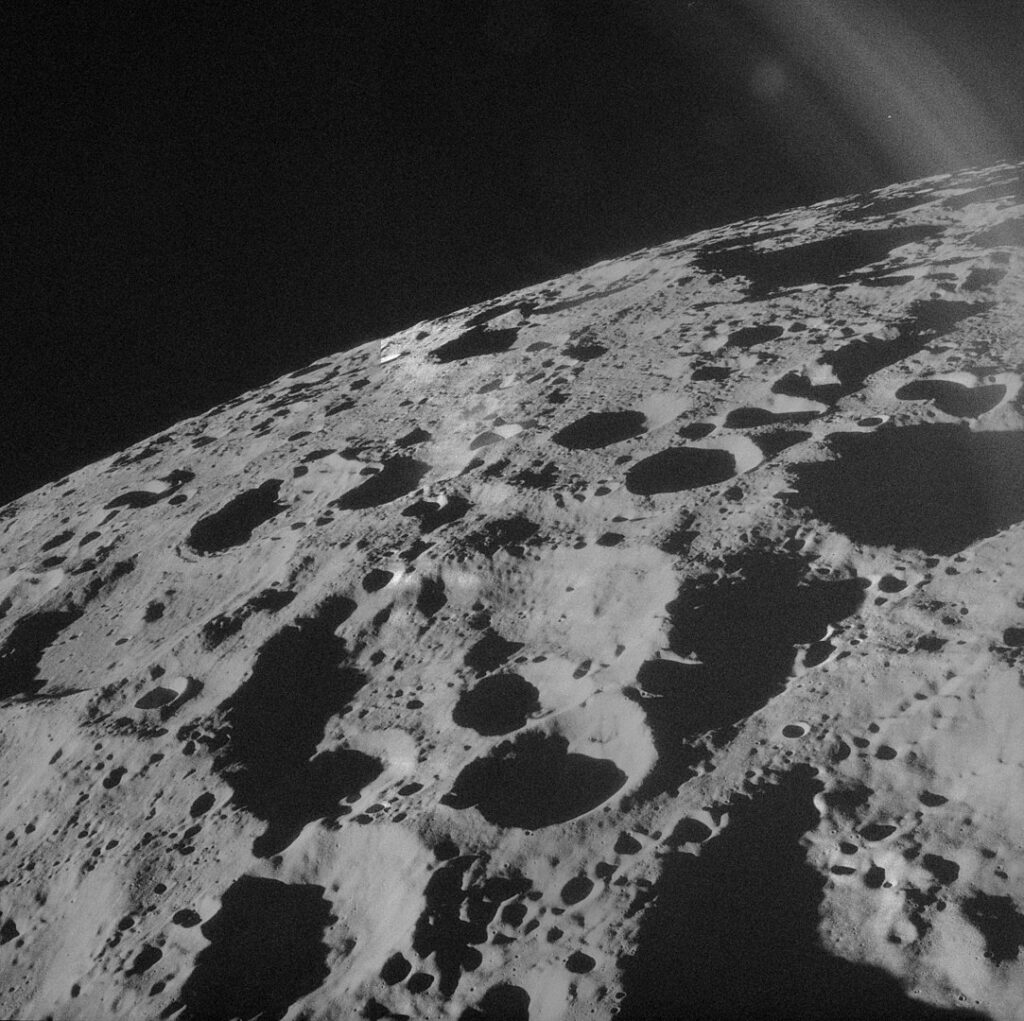
As mentioned above, the Chicxulub impact is one of around 190 impact craters identified on the earth’s surface. But even more craters dapple the surface of the Moon. If the same amount of asteroid-pummeling affected the Earth and the Moon, we can infer that Earth endured even more such impacts than evidenced by its craters. Many of these craters would have been destroyed by erosion, sedimentation and other geologic processes. On the young-earth time scale, when would this intense cratering occur?
The idea that all of these impacts occurred during the Flood poses a number of problems. One is that the sheer number of impactors would be far more devastating than the effects of the floodwaters themselves! There is no such mention of vast bombardment in the Flood narrative. As Dr. Steve Austin said, “Genesis tells us of Noah’s Ark, not Noah’s Bunker.”22
Since the publication of Fritsche’s paper, one possible solution is the Day Four Cratering Hypothesis proposed by Dr. Danny Falkner.23 He suggests that the particularly heavy bombardment present on the Moon was part of the creation process of the moon. The Moon was a direct act of creation by God on Day 4. It was not the product of random processes over long periods of time. As such, any impacts that occurred during its creation posed no threat to Earth (which was already home to plants by this point) because God guided the entire process by His supernatural hand.
Creation Week was a supernatural sequence of events unlike the Flood. Though God ultimately sat enthroned over the Flood (Psalm 29:10), this event seems to have happened within the same rules of physics we know today. Subsequent cratering occurred during and after the Flood, but not to the extent evidenced on the Moon.
Flood Models
Another important matter Fritsche says must be considered are particular Flood models. He maintains that while no existing Flood model is yet sophisticated enough to completely deal with the Chicxulub impact and other events occurring during the Flood, a few comments are warranted.
Fritsche argues that Flood models that place virtually the entire fossil record as a direct result of the Flood cannot account for the abrupt disappearance of species labeled as mass extinction events, especially the one at the K-Pg boundary. He is of this opinion because of the time required for the impact’s aftermath to subside. Furthermore, he next suggests that while mass extinctions are not “easy” to explain with a Flood model that places the Flood/post-Flood boundary in the upper Paleozoic, this model does provide a little more time for these events to elapse. Advocates of this model must also explain how humankind dispersed from the Ark, even surviving extinction events like the K-Pg impact.
To Fritsche, the most likely situation for the K-Pg boundary may represent the end of the Flood. If this impact occurred toward the end of the Flood, it would allow a long enough period of time for impact debris to clear from the atmosphere before Paleogene lifeforms colonize the planet. As suggested by other researchers, impact events following the Chicxulub impact might have played a role in triggering post-Flood catastrophism.
Conclusion
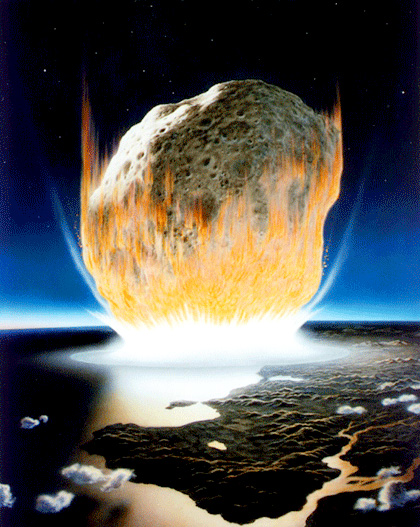
The notion that we can only explain the geologic record by slow, gradualistic processes, like those operating today, stifled geologic progress for more than a hundred years. But the revelation that large-scale natural disasters, like the Chicxulub impact, really happened caused a paradigm shift. It taught earth scientists the important role volcanic eruptions, landslides, tsunamis, flash floods, and yes, even extraterrestrial impacts, played in our planet’s history. They were far larger, more powerful, and more destructive than any observed in the present. Some could even be worldwide in extent. Gone were the days of gradualism; geologists entered the era of neocatastrophism, harkening back to the catastrophists that dominated the geological sphere until the “slow and gradual regime” took over. This has been particularly exciting to the young-earth geologist, as he or she wonders what took our old earth colleagues so long to reach these rather obvious conclusions.
This reluctant acceptance teaches a valuable lesson. Just because conventional experts frowned upon non-uniformitarian natural disasters and did not widely-accept them does not mean they did not occur. As was the case with this discovery, there were only inklings that theories regarding these phenomena might be true. The amount of evidence for a theory does not automatically determine its validity.
As old-earth geologists wake up and smell the coffee, young-earth geologists wait with baited breath to see if the trend continues. Will the accumulating evidence favor a continued strong trend beyond impact events, perhaps to continental or even worldwide flooding? For this, we must wait and see.
Footnotes
- Alvarez, W.; Alvarez, L.W.; Asaro, F.; Michel, H.V. 1980. “Extraterrestrial Cause of the Cretaceous-Tertiary Extinction.” Science, 208(4448), 1095-1108. ↩︎
- “Early Ideas About Impacts and Extinctions”. Archived from the original on 2013-02-15. Retrieved 2013-02-09. ↩︎
- Medwin, T. 1832. Conversations of Lord Byron. Henry Colburn and Richard Bentley. ↩︎
- Kelly, A. O.; Dachille, F. (1953). Target: Earth – The Role of Large Meteors In Earth Science. Carlsbad, California. ↩︎
- Alvarez; Alvarez; Asaro; Michel, 1980, 1095-1108. (Footnote 1) ↩︎
- Hildebrand, A.R., Penfield, G. T., Kring, D. A.; et al. 1991. “Chicxulub Crater; a possible Cretaceous/Tertiary boundary impact crater on the Yucatan Peninsula, Mexico“. Geology. 19 (9): 867–871. ↩︎
- Despite being an abbreviation for the Cretaceous-Paleogene boundary, the term “K-Pg” uses the letter “k” instead of a “c” in order to avoid confusion with other geologic systems, such as the Cambrian and Carboniferous. ↩︎
- Springer, M., Murphy, W., Eizirik, E., & O’Brien, S. 2003. “Placental mammal diversification and the Cretaceous-Tertiary boundary.” In the Proceedings of the National Academy of Sciences of the United States of America. 100. 1056-61. ↩︎
- Vajda, V., McLoughlin, S. 2004. “Fungal Proliferation at the Cretaceous-Tertiary Boundary.” Science. 303 (5663): 1489. ↩︎
- Thomas, B. A., & Cleal, C. J. 2022. “Pteridophytes as primary colonisers after catastrophic events through geological time and in recent history.” Palaeobiodiversity and Palaeoenvironments, 102(1), 59-71. ↩︎
- Collins, G. S., Patel, N., Davison, T. M., Rae, A. S. P., Morgan, J. V., Gulick, S. P. S. 2020. “A steeply-inclined trajectory for the Chicxulub impact.” Nature Communications. 11 (1): 1480. ↩︎
- Schulte, P., Alegret, L., Arenillas, I., et al. 2010. “The Chicxulub Asteroid Impact and Mass Extinction at the Cretaceous-Paleogene Boundary.” Science. 327 (5970): 1214–1218. ↩︎
- “Chicxulub Impact Event: Regional Effects.” Lunar and Planetary Institute. ↩︎
- Richards, M. A., Alvarez, W., Self, S., et al. 2015. “Triggering of the largest Deccan eruptions by the Chicxulub impact.” GSA Bulletin. 127 (11–12): 1507–1520. ↩︎
- Some young-earth geologists do not find the evidence for the Chicxulub impact compelling. Please see Clarey, T. L. 2017. “Do the Data Support a Large Meteorite Impact at Chicxulub?” Answers Research Journal. 10: 71-88. ↩︎
- Fritsche, T. 1998. “The Impact at the Cretaceous/Tertiary Boundary,” Proceedings of the International Conference on Creationism: Vol. 4, Article 18. ↩︎
- Snelling, A. 2017. “Five Mass Extinctions or One Cataclysmic Event?” Answers Magazine. Vol. 12, No 2. ↩︎
- Ross, M. 2009. “Charting the Late Cretaceous Seas: Mosasaur Richness and Morphological Diversification.” Journal of Vertebrate Paleontology: 29. 409-416. ↩︎
- Ross, M. 2014. “Improving our understanding of creation and its history.” Journal of Creation 28(2):62–63. ↩︎
- Hopkins, M., & Lidgard, S. (2016). Gradualism. obo in Evolutionary Biology. ↩︎
- Snelling, A. 2020. “Dinosaur Killer: Chicxulub Asteroid Impact.” Answers Magazine: Vol. 15, N. 1. ↩︎
- According to Faulkner (2014), Austin said this during a panel discussion on cratering at the Seventh International Conference on Creationism (2013). ↩︎
- Faulkner, D. R. 2014. “Interpreting Craters in Terms of the Day Four Cratering Hypothesis.” Answers Research Journal, 7, 11–25. ↩︎

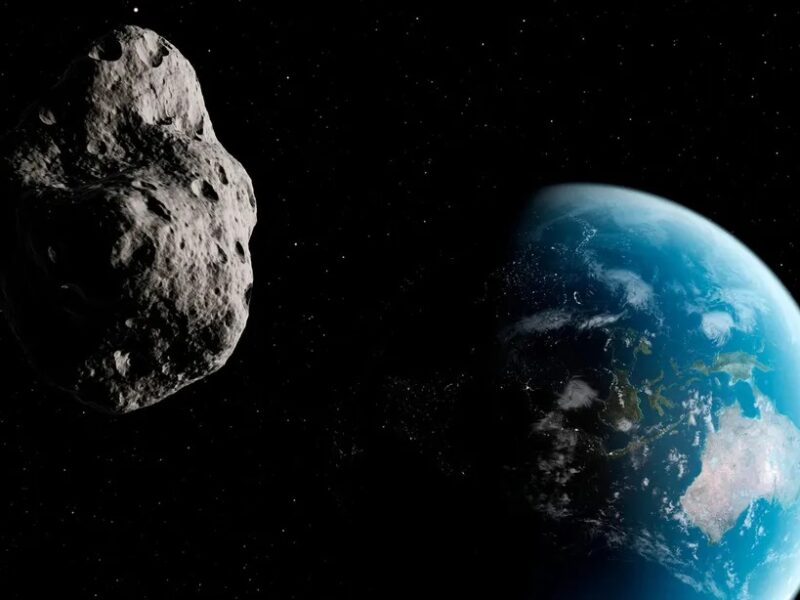
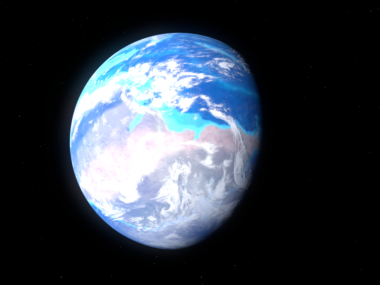
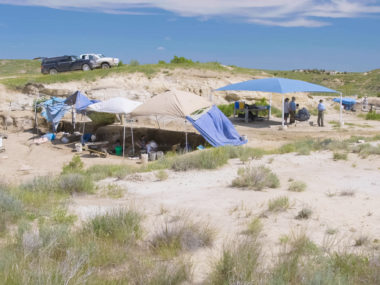
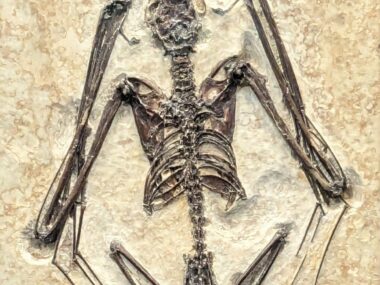

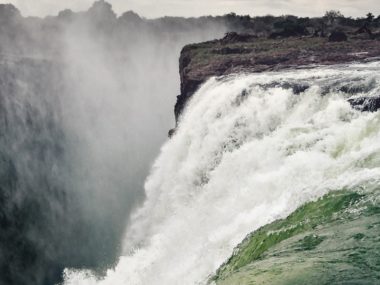
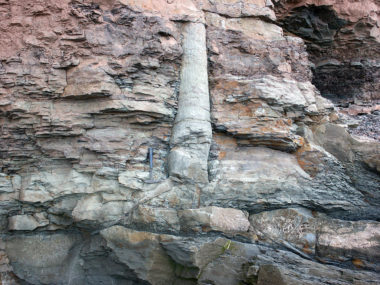




Good publication!!! It is an interesting topic, it is likely that the flood showers included meteorites.
Interestingly, William Whiston (1667-1752), Newton’s successor at Cambridge in mathematics, shared similar views although they were not based on personal geological research. But he suggested that a comet triggered the beginning of the universal Flood.
It would be interesting if they talked about the Siberian traps and the supposed extinction of the Permian/Triassic P/TR, since few creationist magazines have talked about it.
God bless you Christian.
Important subject. A few extra clues. Folks can wikipedia about impacts and see all the big ones were before the k-pg line. After they were small only and in obscure areas no where near people. I see the k-pg line as the flood year.
this means all the big ones came before the end of the flood, indeed maybe more in the seas but hidden or destroyed by the flood year. Its impossible they landed on a perfect creation week. Therefore I suggest that in Revelation it says a war between Satan and Angel Gabriel, on behalf of god, took place. A third of the stars fell to earth. i suggest this is a past event that happened at the fall. Satan , hearing the prophecy against him tried to destroy the planet using the stars but they were knocked aside. however a tiny tiny tiny bit of shrapnel dust got through and we call them impacts. They did land on biology but not on the first couple. I don’t know when this impact in Central America happened but its figured out by rock layers if it went through them
I’m not sure but I heard the crators on the moon cluster on one side and possibly another clue.
I made a post here but it didn’t appear so I will try again.
Important article and it makes good points and quotes other creationists good points. Yet i think its wrong in conclusion.
1, the impacts, just look on wiki on impacts, are only big ones before the flood, the k-pg line as many creationists see it, and only smaller ones after it and in obscure areas not near people.
2, The landmass would be, probably , a single one before the flood.
3, so the big ones fell there .
4, its impossible they fell on creation week as to make a ugly mess and land on some biology possibly.
5, so its after the fall and unlikely during the flood. why would they?
7, so after the fall/before the flood but not hitting the people.
8, I suggest they all fell at once, including hiting other planets and the moon.
0, In revelation a famous verse about a third of the stars thrown to earth has been said to be a future event. I suggest it was right at the fall and this war by the angel Gabriel with Satan, who wanted to destroy the planet because of the prophecy, led to a successful defence but a tiny tiny bit of shrapnel got through. this DUST is our great impacts.
Its an idea I think very possible but of coarse not sure.
creationists must do better in dating the impacts and explaining how such big things could not affect the unified landmass and people if it was random.